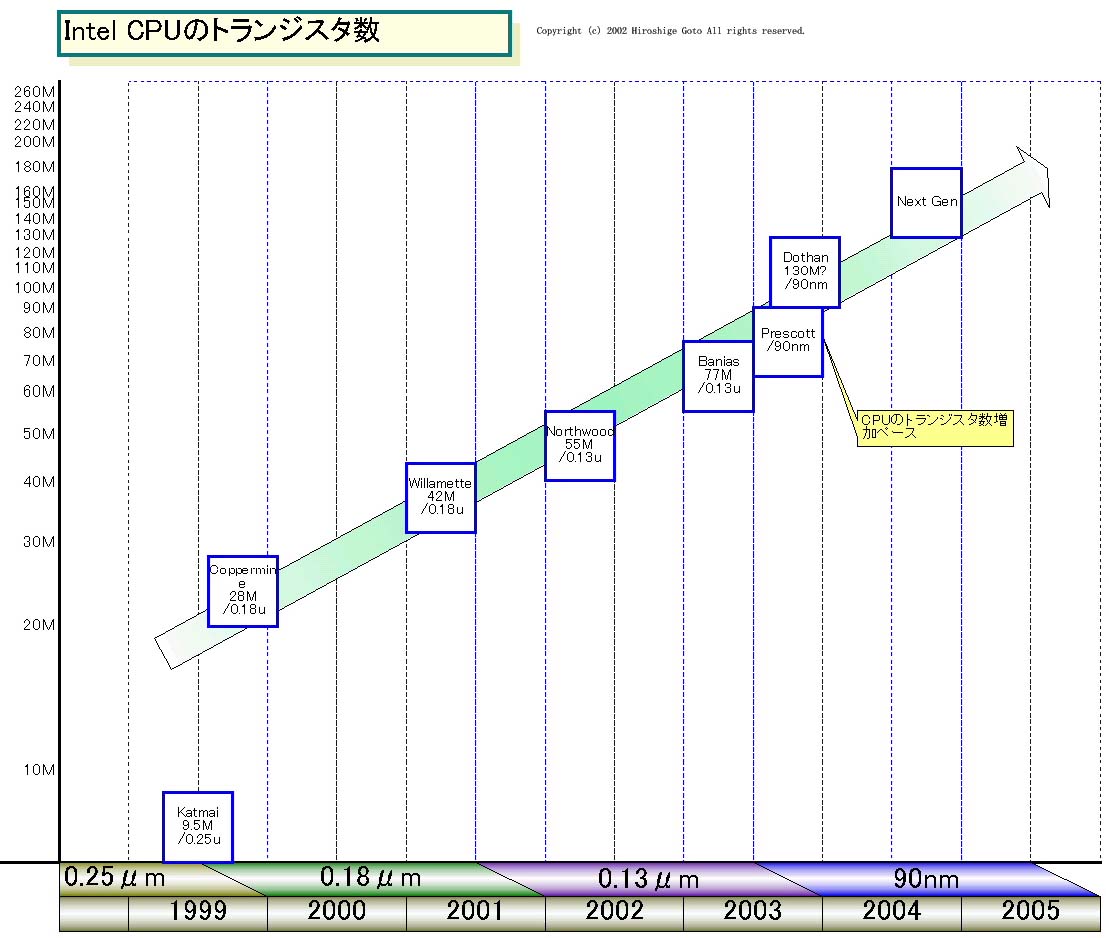

The key difference between the von Neumann and Harvard architectures is that the latter separates the storage and treatment of CPU instructions and data, while the former uses the same memory space for both. The so-called Harvard architecture of the Harvard Mark I, which was completed before EDVAC, also utilized a stored-program design using punched paper tape rather than electronic memory. While von Neumann is most often credited with the design of the stored-program computer because of his design of EDVAC, others before him, such as Konrad Zuse, had suggested and implemented similar ideas. With von Neumann's design, the program, or software, that EDVAC ran could be changed simply by changing the contents of the computer's memory. This overcame a severe limitation of ENIAC, which was the considerable time and effort required to reconfigure the computer to perform a new task. Significantly, the programs written for EDVAC were stored in high-speed computer memory rather than specified by the physical wiring of the computer. These instructions could be combined to create useful programs for the EDVAC to run. EDVAC was designed to perform a certain number of instructions (or operations) of various types. It outlined the design of a stored-program computer that would eventually be completed in August 1949.

On June 30, 1945, before ENIAC was even completed, mathematician John von Neumann distributed the paper entitled " First Draft of a Report on the EDVAC". Presper Eckert and John William Mauchly's ENIAC, but was initially omitted so the machine could be finished sooner. The idea of program computer was already present in the design of J.
#2016 cpu transistor count software#
1.1 Discrete transistor and Integrated Circuit CPUsĬomputers such as the ENIAC had to be physically rewired in order to perform different tasks, these machines are "fixed-program computers." Since the term "CPU" is generally defined as a software (computer program) execution device, the earliest devices that could rightly be called CPUs came with the advent of the stored-program computer.Modern microprocessors appear in everything from automobiles to cell phones and children's toys. Both the miniaturization and standardization of CPUs have increased the presence of these digital devices in modern life far beyond the limited application of dedicated computing machines. The IC has allowed increasingly complex CPUs to be designed and manufactured to tolerances on the order of nanometers. This standardization trend generally began in the era of discrete transistor mainframes and minicomputers and has rapidly accelerated with the popularization of the integrated circuit (IC). However, this costly method of designing custom CPUs for a particular application has largely given way to the development of mass-produced processors that are made for one or many purposes. The form, design and implementation of CPUs have changed dramatically since the earliest examples, but their fundamental operation remains much the same.Įarly CPUs were custom-designed as a part of a larger, sometimes one-of-a-kind, computer. This term has been in use in the computer industry at least since the early 1960s. The Central Processing Unit ( CPU) or the processor is the portion of a computer system that carries out the instructions of a computer program, and is the primary element carrying out the computer's functions. Die of an Intel 80486DX2 microprocessor (actual size: 12×6.75 mm) in its packaging.


 0 kommentar(er)
0 kommentar(er)
